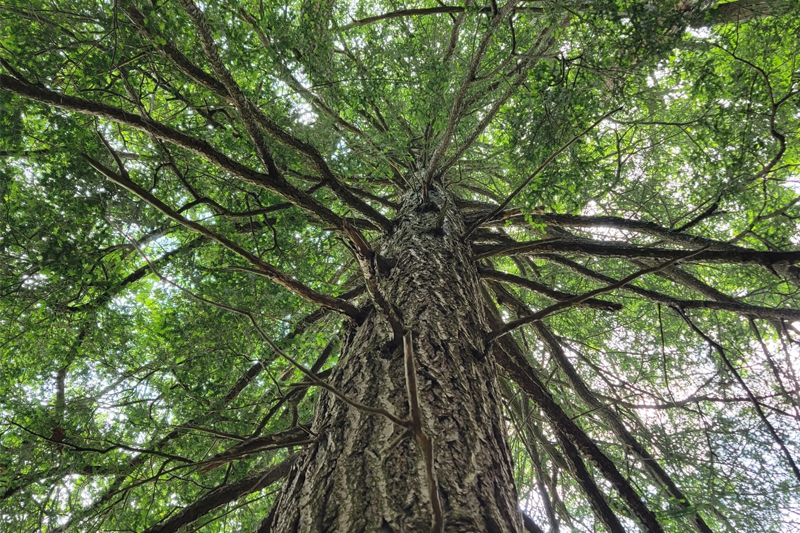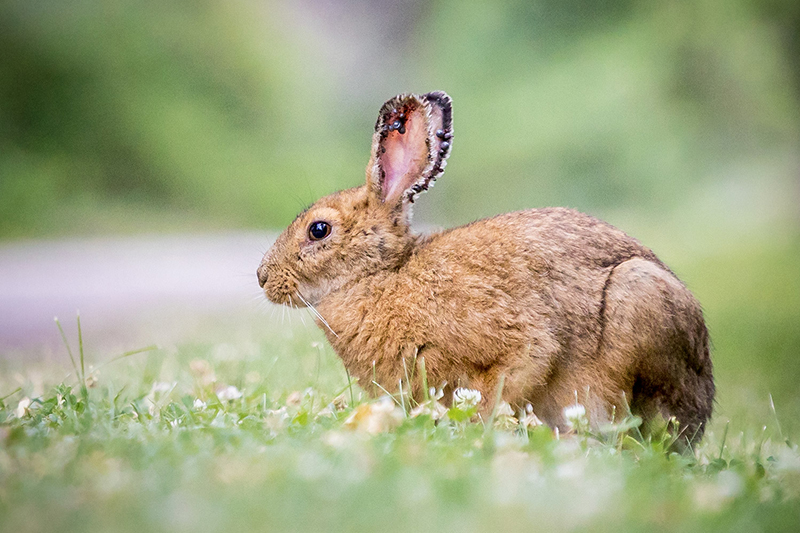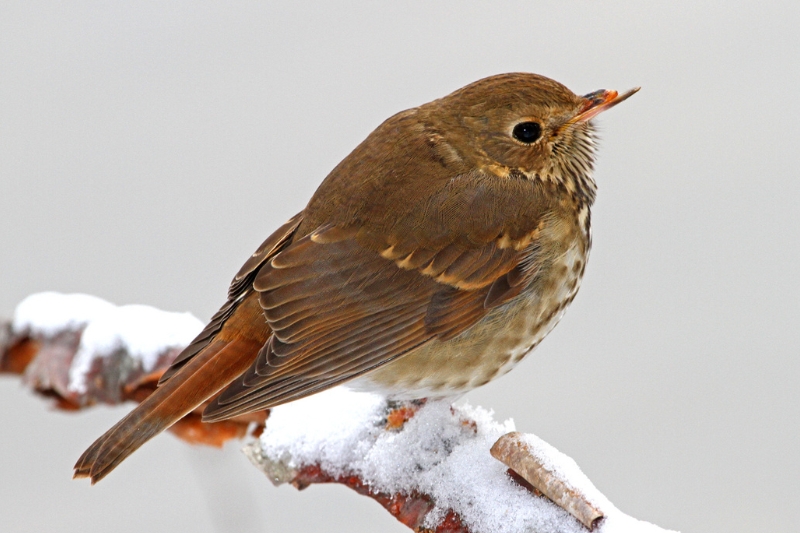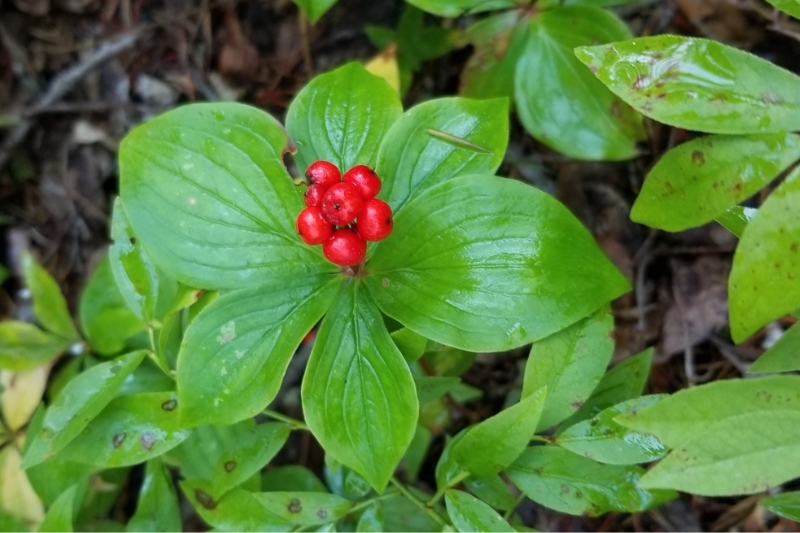
Forest ecosystem
Kouchibouguac National Park
The forest ecosystem in Kouchibouguac National Park, making up roughly 55% of the total land area, is representative of the Acadian Forest. Evergreens are dominant in this ever-maturing system. Approximately 70% of the forest features coniferous trees, forming a robust and dynamic habitat. A flourishing forest in the park is characterized by fertile soil, vertical layering of ground plants, shrubs, medium-sized trees, and a canopy formed by larger trees, supporting a diverse community of plant and animal life.
Within this extensive woodland, a delicate balance is upheld, where younger forests coexist with areas that exemplify the ecological richness of old-growth species such as Yellow Birch (Betula alleghaniensis), Red Spruce (Picea rubens), and Eastern Hemlock (Tsuga canadensis). Kouchibouguac’s diverse forested landscape is shaped by a complex mosaic of drier upland forest and wet swamp forest. The latter forest type is mainly characterized by Black Spruce (Picea mariana), Eastern White Cedar (Thuja occidentalis), Red Maple (Acer rubrum). These often-dense swamps represent some of the oldest forest communities in the park and support many species at risk.


Towering over the forest floor, the park’s native tree species largely define the landscape, providing shade for rich understory communities and dense foliage that shelters various bird species. Below the forest canopy, an array of orchids (Family: Orchidaceae) enriches the understory, contributing to the rich biodiversity. Bunchberry (Cornus canadensis), a resilient groundcover with clusters of white flowers, thrives in the park's unshaded pockets, contributing to the intricate pattern of the forest floor.
Among the diverse fauna, the snowshoe hare (Lepus americanus) skillfully adjusts to seasonal changes, its white winter fur seamlessly blending with the snowy surroundings. The hermit thrush (Catharus guttatus) contributes melodic tunes to the park's acoustic landscape, creating a harmonious atmosphere resonating through wooded areas. Meanwhile, white-tailed deer (Odocoileus virginianus) gracefully roam, their presence influencing the dynamics of the vegetation.


However, not all residents of Kouchibouguac National Park contribute positively to the ecosystem. Invasive species, such as the Box Elder (Acer negundo) and Norway Maple (Acer platanoides), were introduced in the region by humans and threaten to outcompete native vegetation. They are the target of eradication efforts by park staff.
Adding another layer of concern are the ongoing struggles of species at risk, like the tri-colored bat (Perimyotis subflavus), facing population declines due to habitat loss and disease. Many forest songbirds, including the Wood Thrush (Hylocichla mustelina), Olive-sided Flycatcher (Contopus cooperi) and Canada Warbler (Cardellina canadensis) also grapple with habitat degradation and loss in the park's surrounding region, requiring concerted conservation efforts to ensure their survival.
In essence, the forest ecosystem of Kouchibouguac National Park tells a story of coexistence, adaptation, and the ongoing challenges posed by invasive species and those at risk. Conservation initiatives are crucial to preserving this intricate ecological equilibrium and ensuring the park's future.
Related links
- Date modified :